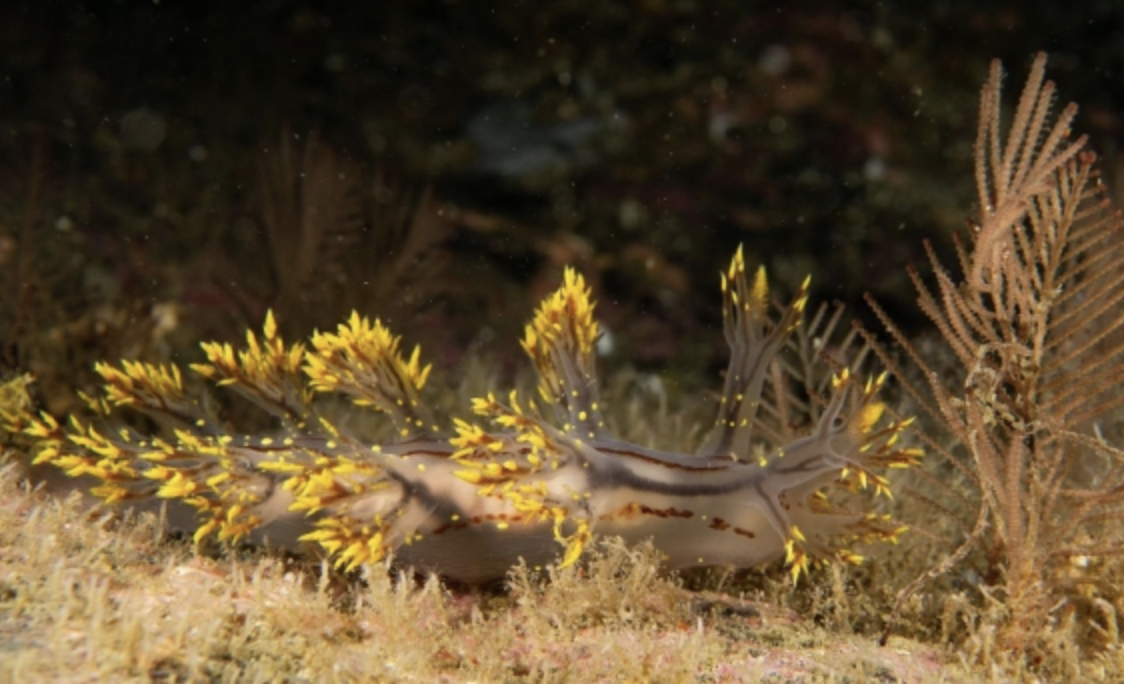Employees of the Zoological Museum of Moscow State University and the Institute of Developmental Biology of the Russian Academy of Sciences, as part of an international team, described a new species of mollusks, dendronotus, included in the top 10 most significant discoveries of marine fauna in 2020.
The review was presented by biologists from the Belgian branch of the EU research project LifeWatch-ERIC.
This was reported by the press service of Moscow State University.
The discovery was co-authored by two Norwegian divers who discovered unusual marine animals at the bottom of the fjord.
They photographed a nudibranch with a bright color for the inhabitants of the northern seas and turned to experts for advice.
The find interested the staff of the Zoological Museum of Moscow State University and the Institute of Developmental Biology of the Russian Academy of Sciences Alexander Martynov and Tatyana Korshunova, who asked the divers to catch several specimens for research.
Thus, a new species of the mollusk Dendronotus yrjargul was defined for the world fauna.
Biologists from Norway and Sweden joined the research work.
Descriptions, photographs and images of the details of the structure of the animal were obtained, and a molecular phylogenetic analysis of the species was carried out.
The scuba divers who discovered the mollusks were included by the international team in the co-authors of the scientific publication, which was especially noted by the LifeWatch-ERIC experts as an effective example of cooperation between professional scientists and nature lovers.
The species Dendronotus yrjargul belongs to the group of shellless nudibranchs that can be found in the marginal seas of the Arctic Ocean
© www.marinespecies.org/ Viktor Vasskog Grøtan
The researchers note that the species Dendronotus yrjargul belongs to the group of shellless nudibranchs that can be found in the Norwegian, White and Kara seas of the Arctic Ocean.
On the back of such creatures, bright bushy processes similar to tree branches "grow", which perform the functions of secondary gills.
Despite their peaceful appearance, dendronotuses have a very toothy pharyngeal apparatus (radula - a specific organ of mollusks) and feed on small invertebrates - hydroid polyps.
“The new species was given the name Dendronotus yrjargul, which can be translated from Norwegian as“ Golden Dendronotus from Erland ”. This name was chosen due to the bright golden tips of the dorsal processes. Gul means yellow or gold in Norwegian, and Yrjar is the old name of the typical habitat, which is now called Ørland - Erland, ”Alexander Martynov explained the origin of the species name.

